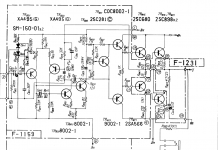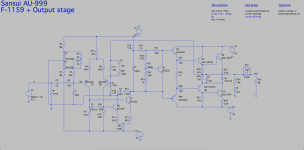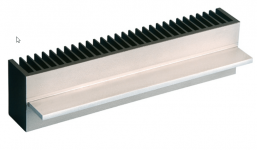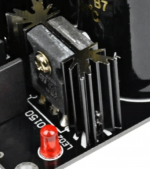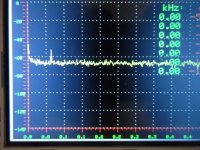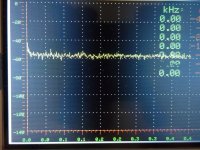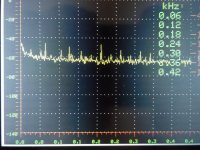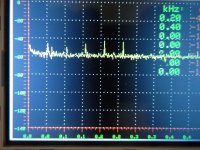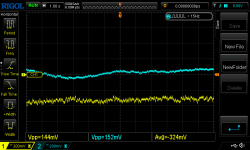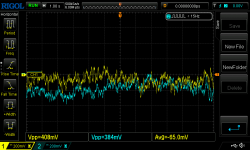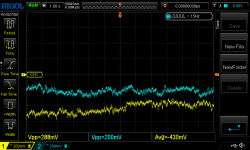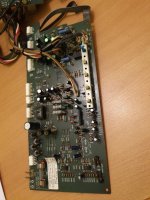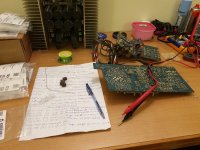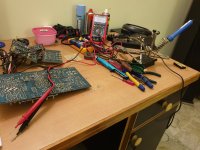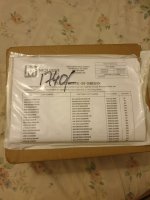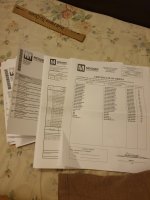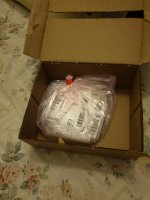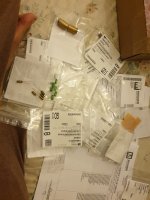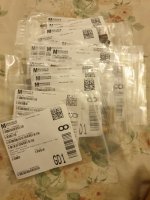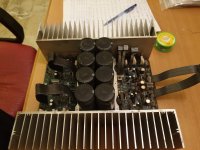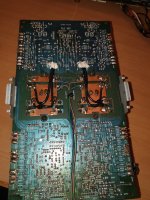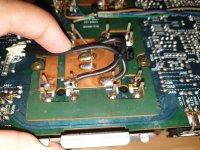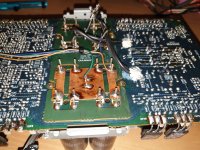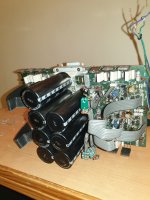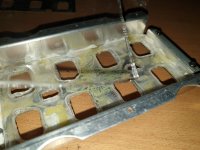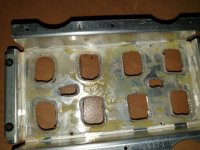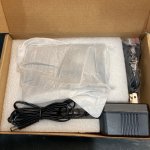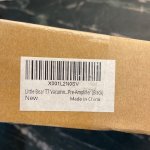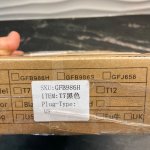Hello,
As my first complete LTspice -> KiCad -> PCB manufacture project I wanted to remake my damaged driver boards for a Sansui AU-999 integrated amp from the early 70's.
I wanted to see whether there are any circuit improvements I could implement into the new PCB and I wanted to ask you guys for a bit of help in trying to achieve this.
I'm attaching the original circuit schematic for the amplifier, the F-1159 outlined circuit is the driver board I was aiming to rework.
So far, the possible improvements I have identified are:
1.
Adding a Baxandall diode to the quasi-complementary output stage - could someone advise on the best location? You can see I already attempted to implement this in my schematic, I tried different configurations and this one is giving me the lowest THD figure. It was done purely by experimentation and looking at other qusi-comp circuits.
2.
Changing the value of output pull-off resistors from 220R to something smaller as suggested by @steveu in another thread - The suggested 47R seems to give a good improvement in THD and helps improve the x-over distortion
3.
Adding a small value resistor in series with the 15pf feedback cap - steveu also suggested adding a small resistor (100R as starting value) to the feedback cap to prevent RF from getting into the LTP input transistor
4.
Adding current limiting - suggested by the same user, what and how simple it would be to implement.
5.
Improving the input differential pair - this is something I wanted to investigate, would adding a current mirror/source be a simple matter with the existing configuration?
6.
Adding op-amp-based DC servo - this might be too much for this project as I would need to add step-down regulators to create a dedicated bi-polar PSU rail for the op-amp to operate, I'm not sure if that would be worth the effort?
I would be grateful for any additional suggestions or help with the above,
My knowledge is still very basic but so far I've learned quite a bit from this project and I really would like to see it completed.
I'm attaching the original amplifier schematic along with my LTspice files, inc. custom libraries.
Thanks for looking into this!!
